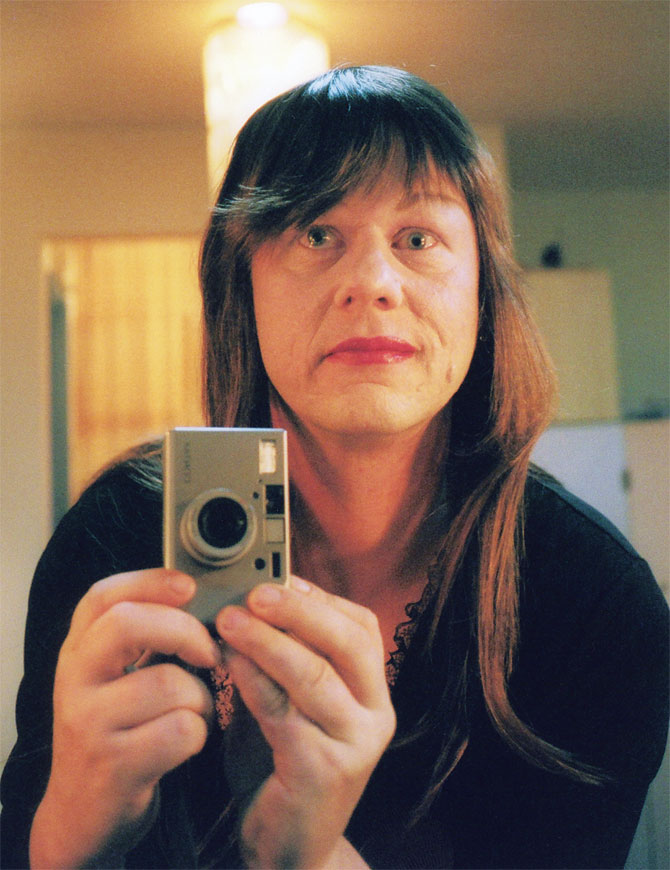Are ideal female body types (according to heterosexual men) innate, or culturally conditioned by advertising and suchlike? Dutch researchers loaded sexy mannequins into the back of a van and visited with straight men who have been blind from birth to see what they could find out. Past research indicates that around the world, while men in some cultures have preferred larger women than their counterparts in other cultures, the proportions of the ideal female body have been remarkably consistent. This suggests that there must have been some evolutionary advantage to idealizing women of a particular corporeal form.
But there have been studies that contradict this.
So:
Amid all the conflicting evidence, Karremans sent his mannequins around the Netherlands. The blind stood before them; they were told to touch the women, to focus their hands on the waists and hips. The breasts on both figures were the same, in case the men reached too high. The men extended their arms; they ran their hands over the region. Then they scored the attractiveness of the bodies. Karremans had a hunch, he told me, that their ratings wouldn’t match those of the sighted men he used as controls, half of them blindfolded so that they, too, would be judging by feel. It seemed likely, he said, that visual culture would play an overwhelming part in creating the outlines of lust. And though the blind had almost surely grown up hearing attractiveness described, perhaps even in terms of hourglass shapes, it was improbable, he writes in his forthcoming journal paper, that they had heard descriptions amounting to, “The more hourglass shaped, the more attractive,” which would be necessary to favor the curvier mannequin over the figure that was only somewhat less so.
But, with some statistically insignificant variation, the scores of the blind matched those of the sighted.
Read the rest of the article to find out possible explanations.

